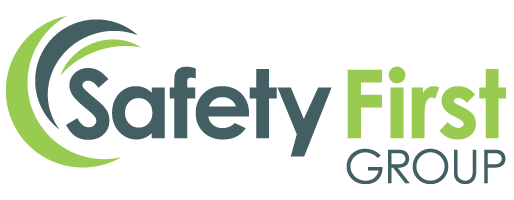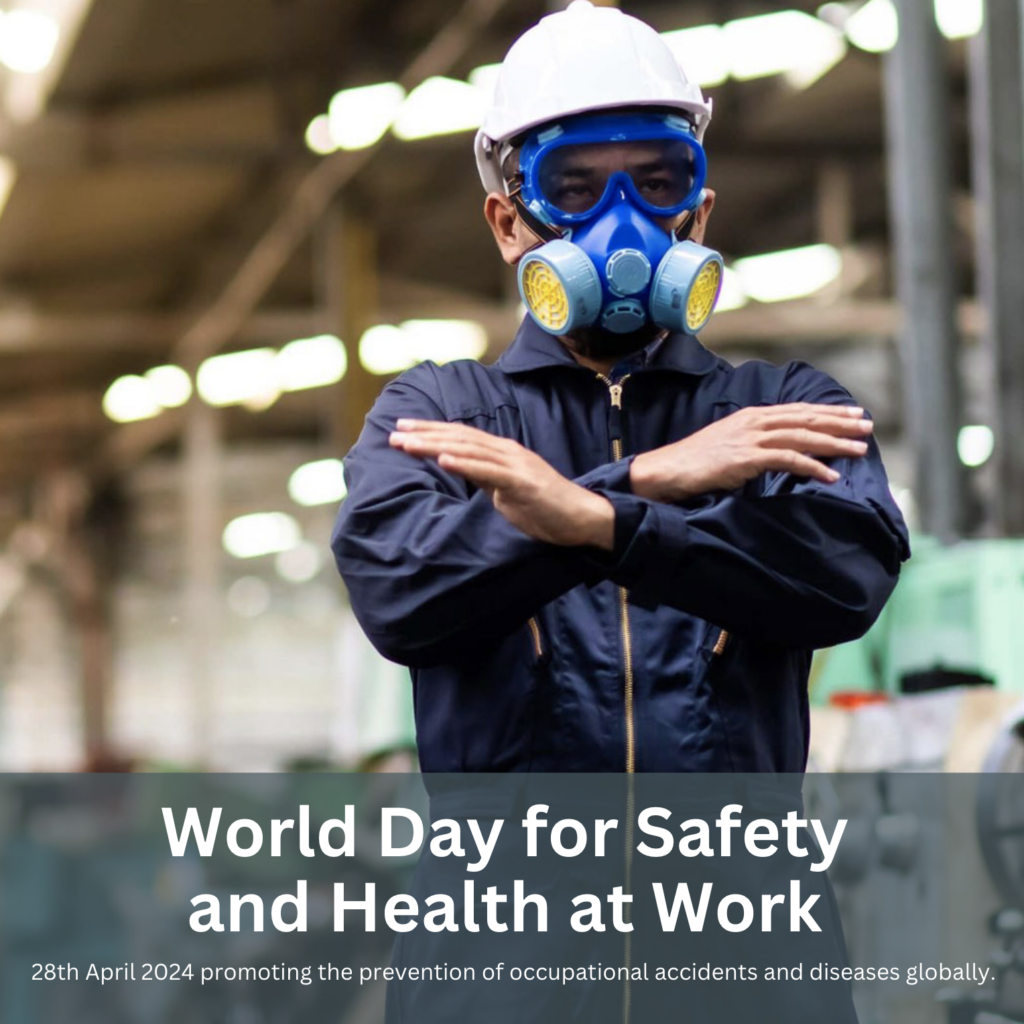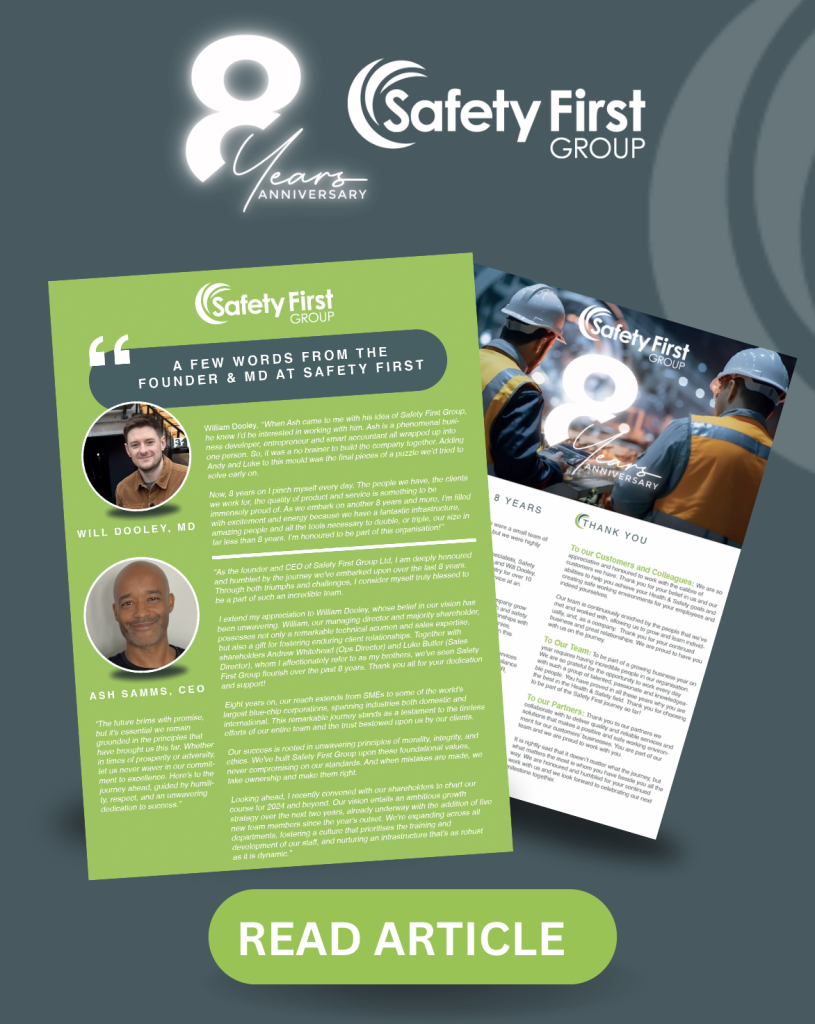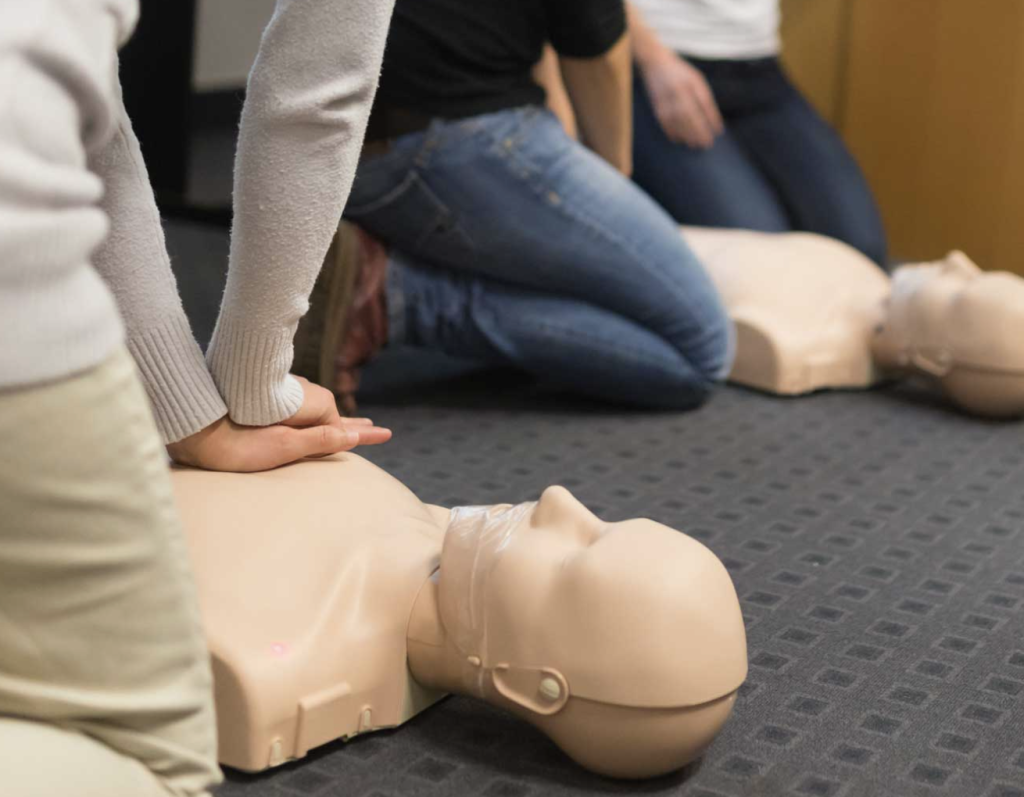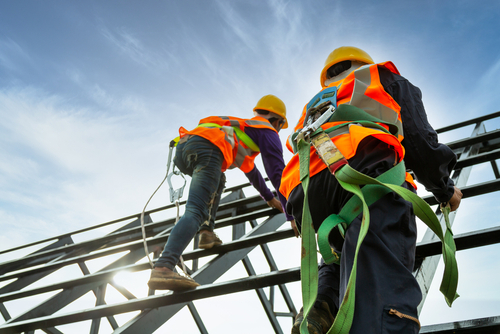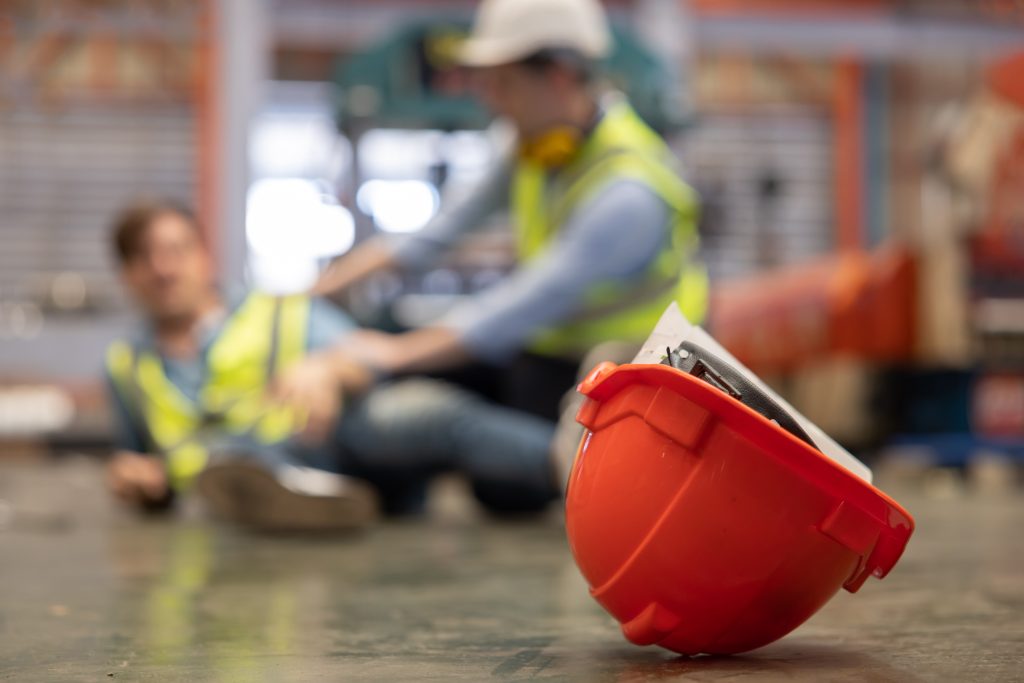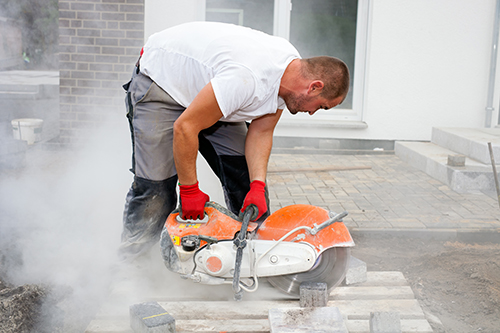We know that exposure to noise at work can cause irreversible hearing damage but it is preventable
How important is your hearing to you? Where in your organisation’s risk management plan is noise reduction? From April 2024, HSE will be focusing on the control of noise at work. Have you got it right?
According to the Health and Safety Executive (HSE), the industries most likely to involve high levels of noise are construction, demolition, woodworking, engineering and manufacturing.
Across all industries, noise-induced hearing loss is responsible for the highest number of work-related personal injury claims. ‘Occupational deafness’ has been a prescribed disease under the Industrial Injuries Disablement Benefit scheme since 1975. In the last 10 years, it has consistently been one of the top three reasons (excluding lung conditions) for benefit awards under the scheme.
What impact does noise exposure at work have on the lives of your employees, and how many of the 11,000 workers in the UK that suffer from hearing problems due to noise exposure are ‘yours’?
2.5 billion will be affected by hearing loss by 2050 states Stuart Rosen, Professor of Speech and Hearing Sciences at University College London and all employers need to be aware of their duties under the Control of Noise at Work Regulations 2005 to help minimise the risks of occupational hearing loss to their employees.
Under the noise regulations, employers are required to:
- Conduct a risk assessment to identify if there is a noise risk to employees and to identify who may be affected
- Introduce control measures if needed to reduce noise exposure to comply with CNWR
- Identify any employees who need to be provided with health surveillance (hearing checks) due to noise exposure
- Provide employees with information, instruction and training about noise risks and any control measures being taken.
Are you future fit? How are advances in technology linked to traditional noise control measures embedded in your forward plans?
Instant noise-related hearing damage can occur from one episode of loud noise but most often, work-related harm is caused by prolonged exposure and is gradual.
- The lower exposure action values are:
- Daily or weekly exposure of 80 dB(A)
- Peak sound pressure of 135 dB(C).
- The upper exposure action values are:
- Daily or weekly exposure of 85 dB(A)
- Peak sound pressure of 137 dB(C).
What harm can noise do?
Most people recognise the direct effects that noise can have on the auditory system, resulting in noise-induced hearing loss, tinnitus or hyperacusis (sensitivity to loud noise). Even though these risks are often understood, the debilitating, disabling and isolating results of these permanent effects are greatly underestimated.
Several of the adverse health implications caused by exposure to excessive noise include:
- Hearing impairment and hearing loss
- Tinnitus (a ringing or other noise in the ears)
- Increased blood pressure and tiredness in pregnant employees
- Possible implications to hearing in the unborn child because they obviously cannot be issued with ear defenders
- Increased risk of accidents as a result of not hearing instructions or warnings
- Stress
- Raised blood pressure and hypertension which increases risk of heart attacks
The aim of the Noise Regulations (The Control of Noise at Work Regulations 2005 ) is to ensure that workers’ hearing is protected from excessive noise at their place of work, which could cause them to lose their hearing and/or to suffer from tinnitus (permanent ringing in the ears).
Advice for employers
HSE guidance will help you understand what you may need to do as an employer to protect your employees from noise, particularly if your business involves using:
- noisy powered tools or machinery
- explosive sources such as cartridge operated tools or detonators, or guns
- noise from impacts such as hammering, drop forging, pneumatic impact tools
Why dealing with noise is important
Noise at work can cause temporary or permanent hearing damage that is disabling. This can be:
- gradual, from exposure to noise over time
- caused by sudden, extremely loud noises
People often experience temporary deafness after leaving a noisy place. Although hearing recovers within a few hours, this should not be ignored. It is a sign that if they continue to be exposed to the noise, their hearing could be permanently damaged.
The damage is disabling in that it can stop people being able to understand speech, keep up with conversations or use the telephone.
Hearing loss is not the only problem. People may develop tinnitus (ringing, whistling, buzzing or humming in the ears), a distressing condition which can lead to disturbed sleep.
Noise at work can interfere with communications and make warnings harder to hear. It can also reduce a person’s awareness of his or her surroundings. These factors can lead to safety risks – putting people at risk of injury or death.
Young people can be damaged as easily as the old.
HSE Guidance can be found here
Employers’ responsibilities – legal duties
From buying quiet machinery and power tools and controlling at source, to how employers check the condition, use, fit and fitness for purpose of the hearing protection provided, there is a lot that employers can do to mitigate the risks around noise.
Law requires employers to prevent or reduce risks to health and safety from exposure to noise at work. Employees have duties under the Regulations too. The Regulations require you as an employer to:
- Assess the risks to your employees from noise at work;
- Take action to reduce the noise exposure that produces those risks;
- Provide your employees with hearing protection if you cannot reduce the noise exposure enough by using other methods;
- Make sure the legal limits on noise exposure are not exceeded;
- Provide your employees with information, instruction and training;
- Carry out health surveillance where there is a risk to health.
Safety First’s Workplace Noise Assessment
Safety First offers workplace noise assessments to evaluate measures set in place for reducing or eliminating risks from exposure to noise.
During our noise monitoring and risk assessment services, where we measure the sound levels in your workplace, identify causes of noise and who is likely to be affected, and recommend actions to take to comply with current regulations.
Contact our friendly team of experts to find out more about workplace noise assessments .
Sources:
https://www.hse.gov.uk/noise/index.htm
https://www.seton.co.uk/legislationwatch/article/noise-is-bad-for-your-health/
https://www.shponline.co.uk/noise-and-vibration/the-sound-of-silence/
